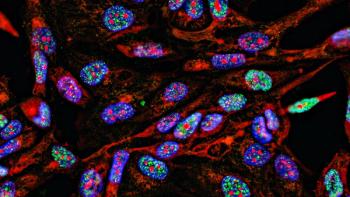
Research Shows that Junk DNA Encodes Essential Immune and Metabolism Instructions
Researchers from the Telomere-to-Telomere Consortium have discovered new properties about junk DNA that could have wide-reaching implications.
Published in the journal
Historically, these short arms have frustrated biologists – they were believed to operate genes encoding ribosomes, the protein plants of our cells, but a comprehensive understanding eluded them. According to Adam Phillippy, a bioinformatician at the National Human Genome Research Institute, T2T researchers now believe that short arms are likely hotspots for gene evolution. Because gene copies are “parked” there, they can mutate and take on new functions.
This catalog of duplications could be used to gain information on neurological and developmental disorders that are linked to variations in the number of copies of specific sequences. Additionally, Phillippy states that chemical modifications to DNA in the complex repetitive areas are likely to play a role in disease.
This role in disease centers around immunology and drug absorption could have wide ranging implications for drug targeting, delivery, and pharmacokinetics. Here we have the kind of dogged persistence, quietly executed in comparative isolation, that often is looked back upon as ground-breaking. Making sense out of what appears to most as random repetition is a common scientific undertaking. Finding out what lies beneath is of huge biomedical value and well worth pausing for a moment to celebrate.
Source:
Newsletter
Get the essential updates shaping the future of pharma manufacturing and compliance—subscribe today to Pharmaceutical Technology and never miss a breakthrough.





